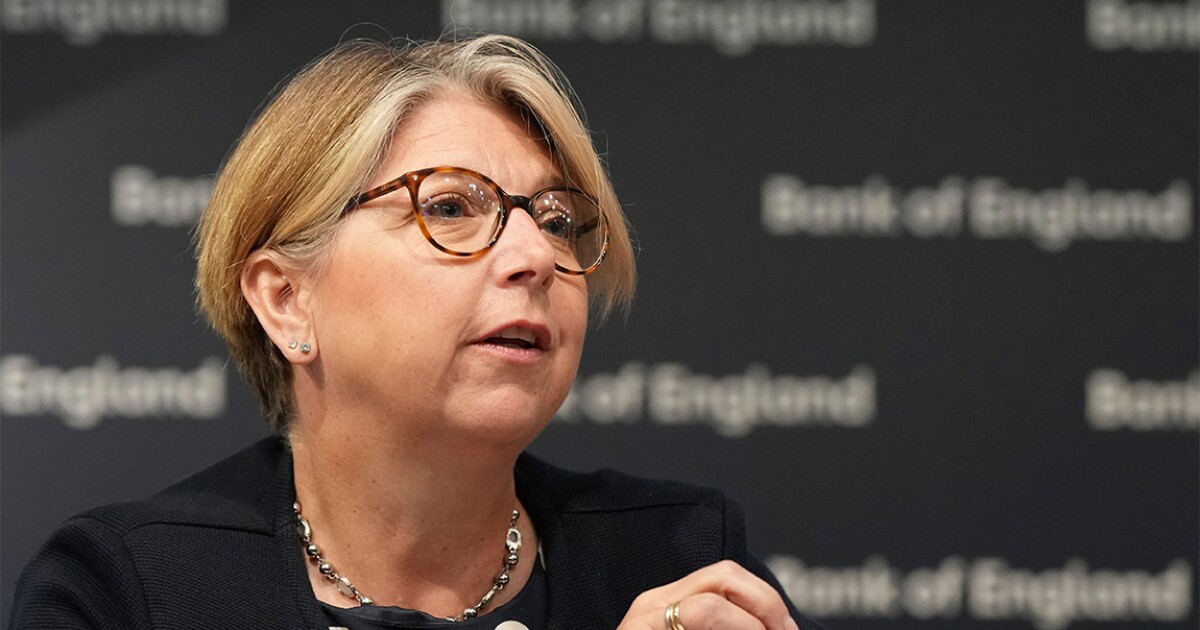Regulators cajoled each other this week to align their approaches to digital currencies, to avoid regulatory “fragmentation”. The market is mushrooming and could hit $2tr by the end of 2028, Standard Chartered estimates.
“The future of finance is, for sure, digital,” said Kristalina Georgieva, managing director of the International Monetary Fund, on a panel this week. “I’m telling countries to accept the reality: fiat money is moving digital. Do not close your eyes to reality.”
As crypto assets cross over into the mainstream and proliferate, regulators are racing to keep pace.
Stablecoins are high on the agenda. In theory they are stable assets, pegged one-to-one to liquid, real-world assets, like hard currencies or highly rated government bills.
But given stablecoins’ growth and gargantuan appetite as debt investors, alarms are pinging about their influence.
The largest stablecoin, Tether, has $181bn outstanding. In its last reserve report in late June, almost 80% of its coins were backed by $130bn of short term debt or cash-like instruments.
In its Global Financial Stability Report this week, the IMF warned that “because stablecoins may be subject to run risk, fire sales of stablecoins’ reserve assets — such as bank cash deposits and government securities — could spill over into bank deposits and government bond and repo markets.”
Regulators are anxious to prevent this contagion. The US is leading the way, for now. In July, President Trump signed the Guiding and Establishing National Innovation for US Stablecoins — Genius — Act, establishing federal stablecoin regulation.
This week, Sarah Breeden, deputy governor of the Bank of England (pictured), said on a panel at DC Fintech Week: “With the flurry of activity in the US this year, I hear people say that the UK is behind in its work on stablecoins,” she said. “I must say I don’t recognise this.” She said the UK hoped to finalise stablecoin legislation next year.
However, Georgieva said: “There is a real risk of fragmentation if frameworks don’t gel. Are we going to be in a fragmented world […] and in a regulatory environment so messed up that we create even more friction?”
The Financial Stability Board echoed that fear. On Thursday, it published a review of global regulatory frameworks for crypto assets that found “significant gaps and inconsistencies” in implementing crypto and stablecoin recommendations.
“Implementation progress remains incomplete, uneven and inconsistent,” said Arthur Yuen, deputy chief executive of the Hong Kong Monetary Authority and chair of the team that prepared the report, in a statement. “This creates opportunities for regulatory arbitrage and complicates oversight of the inherently global and evolving crypto-asset market.”
The FSB found that although progress was being made in regulating crypto assets, legislation on stablecoins was mostly “lagging” globally.
However, considering how fast stablecoin technology was evolving, a “light touch to regulation” was needed, said Jeremy Allaire, chief executive of stablecoin issuer Circle, at the IMF this week.
We “must be very careful when implementing regulation [for stablecoins],” warned Ajay Banga, president of the World Bank Group, on an IMF panel this week. “We don’t want to kill it via regulation. Regulate correctly, don’t overregulate.”
In 2022, Jon Cunliffe, then deputy governor of the Bank of England, suggested a regulatory framework could save crypto assets, including stablecoins, from having a Hindenburg moment.
When the Hindenburg airship went up in flames almost 90 years ago, it destroyed the whole industry. For Cunliffe, the same could happen in the early days of the crypto securities market, without a strong set of rules.
Of course, regulation is not a panacea for stopping disaster. “Look at banks,” said Umar Faroq, co-head of global payments at JP Morgan. “They’ve been regulated for hundreds of years, but every 10 years one explodes.”

